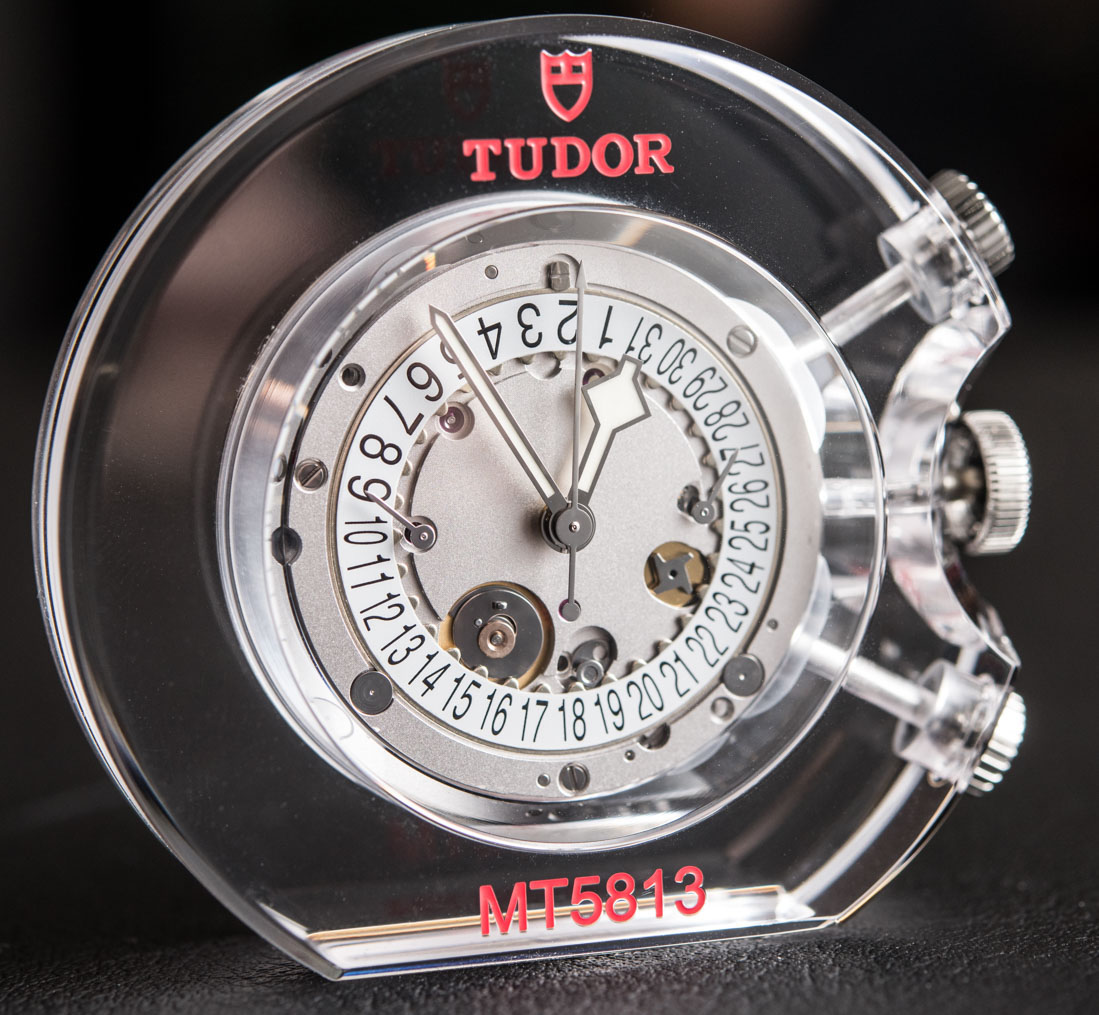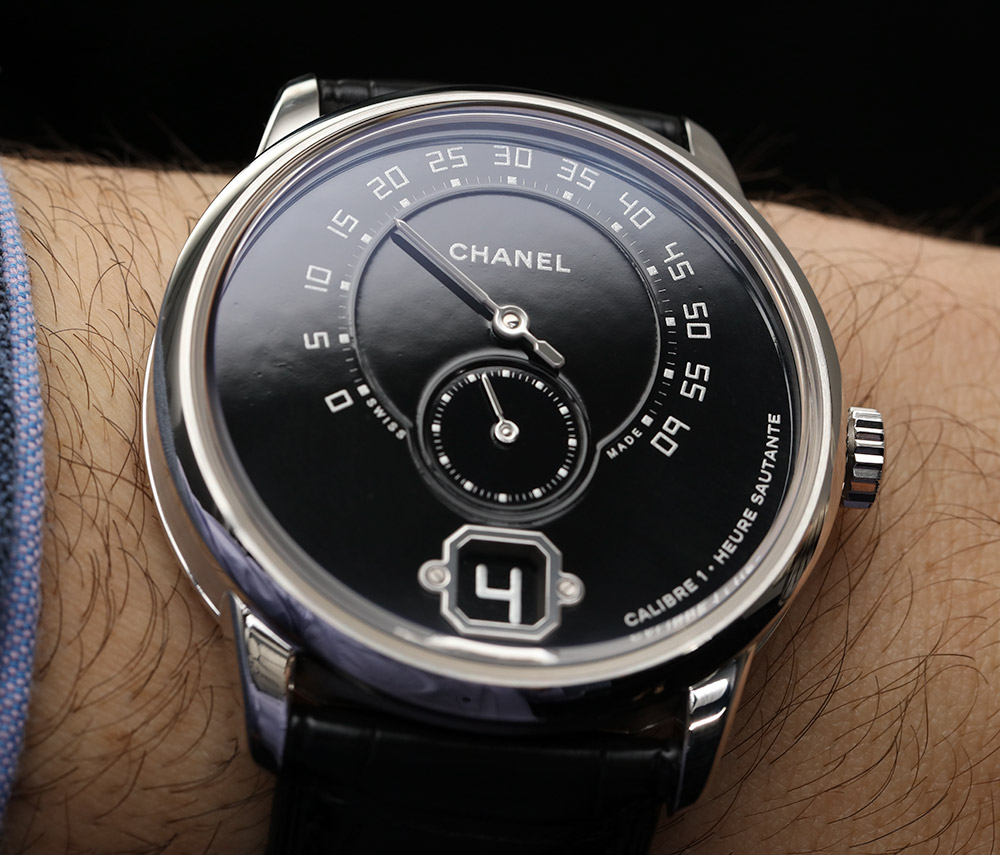
Big news for those of us who love Chanel, Tudor, watch industry deals, developments and future projects, or any combination of these things: Chanel sent us a really rather brief announcement composed of three paragraphs stating that the company has taken a 20% stake in Kenissi, “a new Swiss manufacturer of automatic movements.” This may very well be the first time for many to hear about Kenissi, but the companies with which Kenissi and Chanel will share high-quality movement production will no doubt make you take the news seriously.
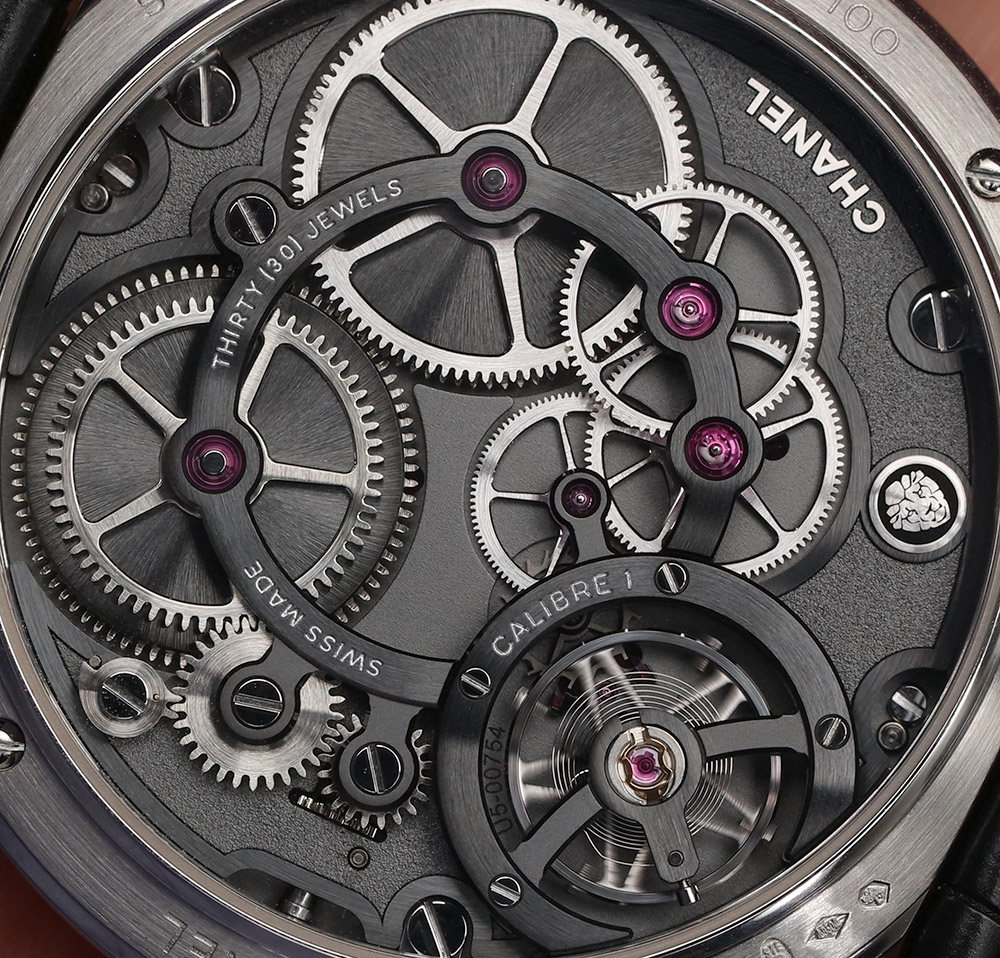
Before we dig into the more juicy details of the deal, let’s familiarize ourselves with the very basics of Chanel’s intentions. Kenissi is a Geneva-based manufacturer that will, together with Tudor, move into a 150 meter (500-feet) long manufacture that will supply these brands, and perhaps others, with “robust and high-performance movements.” This means that while Chanel already has its own ultra-high-end movements thanks to its recent acquisition of a 20% stake in F.P. Journe, its collaboration with Romain Gauthier on the impressive Monsieur or the $40,600 ladies’ watch, Boyfriend, Chanel is now seeing to setting its more affordable, relatively more mainstream watch production on solid foundations. This is done by securing its stake in a manufacture that can supply it with movements and perhaps more.
We dug around a bit and found this LeTemps article about how Rolex’s sister brand Tudor is preparing to build a production site in Le Locle together with Kenissi. According to LeTemps, this news was leaked by a local councilor and passed on by the local radio RTN (what ever happened to the famed Swiss discretion?). Although Rolex-Tudor confirmed “a construction project dedicated to production in Le Locle,” they, unsurprisingly, did not share any further details. Reportedly, half of the new manufacture will belong to Kenissi, while the other half to Tudor – let’s assume this means manufacturing capacities, and not that there will be a demarcation line smack bang in the middle of it. Because Chanel took a 20% stake in Kenissi, I presume that it will have rights to about one tenth of the total production (20% of the 50% share of Kenissi).
Chanel says, “today the Kenissi manufacture offers a range of robust and high-performance calibers. Currently based in Geneva, Kenissi will be moving to a new building in Le Locle in 2021.” However, we need not wait that long for the first Chanel watch to be powered by a Kenissi automatic movement: that should be launched at Baselworld 2019 – i.e., in just a few months’ time.
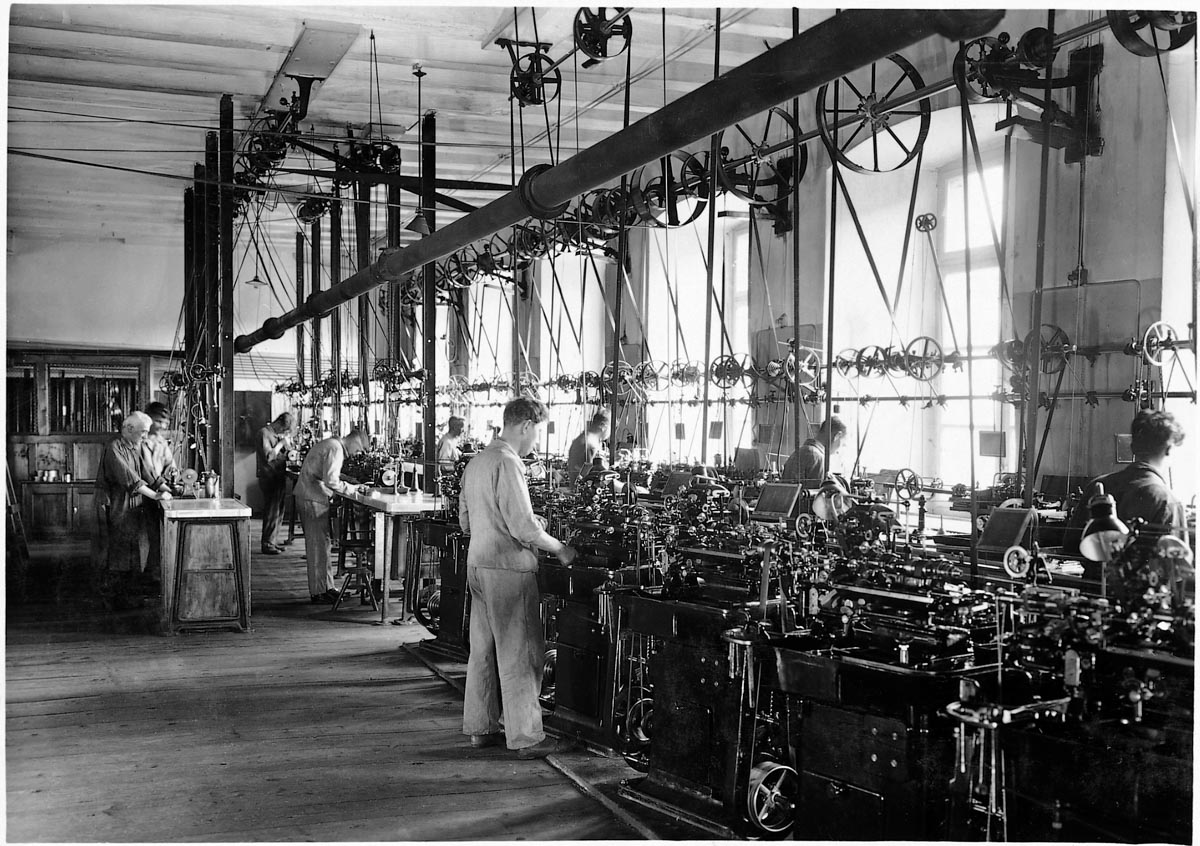
Just for fun: a bar turning workshop (that makes wheels, pinions, screws and other small components) around 1920.
Why does all this matter? It matters because it indicates that the trend toward vertical production is very much with us to date: if a big brand strives for higher quality and its consequently higher pricing, it will need to – and want to – take as much of the production process under its control as possible. Shared ventures like the one between Chanel and Tudor, or the bilateral movement sharing scheme that we saw between Tudor and Breitling help distribute risks and costs – which first benefit the brands but are inevitably bound to benefit the customer all the same.

Furthermore, high-end brands making high-end watches understand that the global luxury watch customer has been programmed to expect getting an exclusive movement in this segment – I presume that we are talking about watches priced from high the four-figures up to about $20,000, maybe $25,000, receiving these Kenissi movements. Should a watch costing $6-8 grand (let alone five-figures) have a sourced movement from ETA or Sellita, it will largely be rejected by the well-informed customer base who feel that a large chunk of added value is missing. On this note, and for some more food for thought, I’d suggest that you read Ariel’s article titled How The Push For In-House Movements Ruined The Modern Luxury Watch Industry.
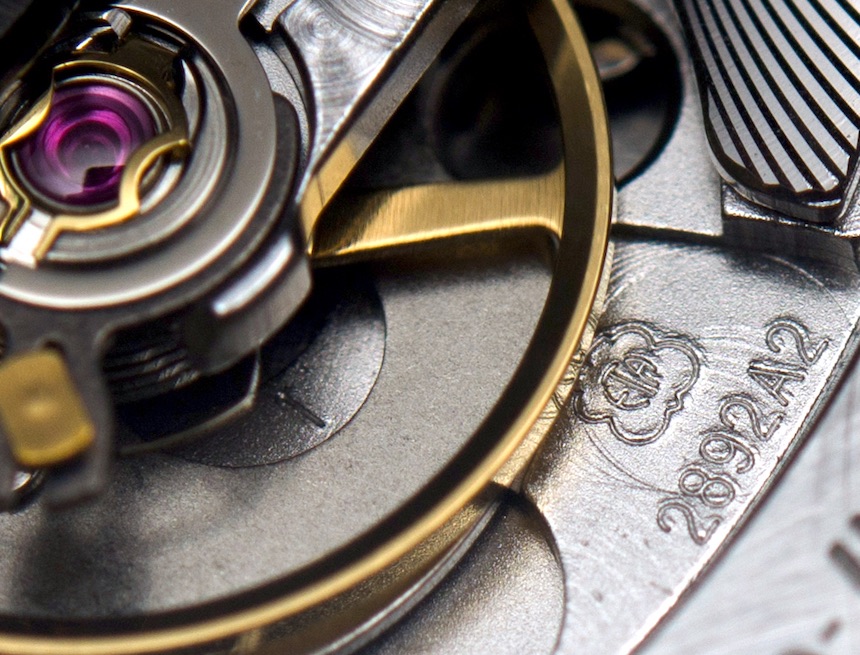
Last, and cycling back to the subject of vertical integration of production processes, brands lose less sleep at night when they are not at the whim of suppliers providing vitally important components. We have seen ETA exile many major players in the industry, leaving them without supplied movements – only to sorta-kinda reverse that action in recent years. If you want to learn more about that fascinating process, read our History of ETA article here.
We are looking forward to seeing where this will lead Chanel – and Tudor – by 2021 and later. We’ll get to learn more before that, though, come this BaselWorld and will have a chance to see the first Chanel watch with a Kenissi movement… And perhaps ask Tudor about the venture too. Until then, you can familiarize yourself with the surprisingly wide price range of Chanel watches on their website.

